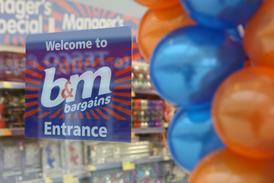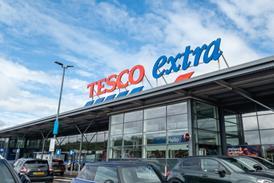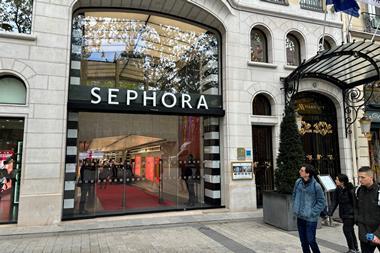The rate of store vacancies improved in the third quarter across all retail locations, but physical retail’s recovery is in danger of being held back by an £800m increase in business rates costs.
In the third quarter of 2022, the overall UK shop vacancy rate decreased to 13.9% – 0.1 percentage points better than the second quarter and 0.6 percentage points better than the same period last year, according to the latest BRC-LDC vacancy monitor.
Shopping centre vacancies fell to 18.8%, down from 18.9% in the second quarter; high street vacancies decreased to 13.9% in the period from 14%, while retail parks fell to 9.7% from 10.2% in the second quarter.
This was the fourth straight quarter of store vacancies decreasing.
Geographically, London, the Southeast and the East of England had the lowest vacancy rates. The highest rates were in the Northeast, followed by Wales and the West Midlands.
While store vacancy rates have been improving, the British Retail Consortium (BRC) warned that the recovery will be hampered by a massive business rates rise due to come into effect from April.
“The overall shop vacancy rate improved for the fourth consecutive quarter; however, vacancies remain higher than pre-pandemic levels,” said BRC chief executive Helen Dickinson.
“Some locations are benefiting from a pick-up in tourism and a gradual return to offices, but levels of footfall are still below those of 2019. This gave some businesses the confidence to start investing, opening new stores around the country, especially in retail parks.
“The costs of operating in many towns and cities remain high and demand will be tested by the fragile economy and falling consumer confidence in the lead-up to Christmas. Higher costs are already pushing up prices and the industry faces a government-imposed extra £800m business rates bill from April 2023.
“This will force many retailers to make tough decisions about whether to invest in new stores or close existing ones. The government should freeze business rates and reform the broken transitional relief system. This will support investment in communities across the country and help keep prices low for consumers.”
- Get the latest stores and property insight straight to your inbox – sign up for our weekly newsletter
























1 Reader's comment